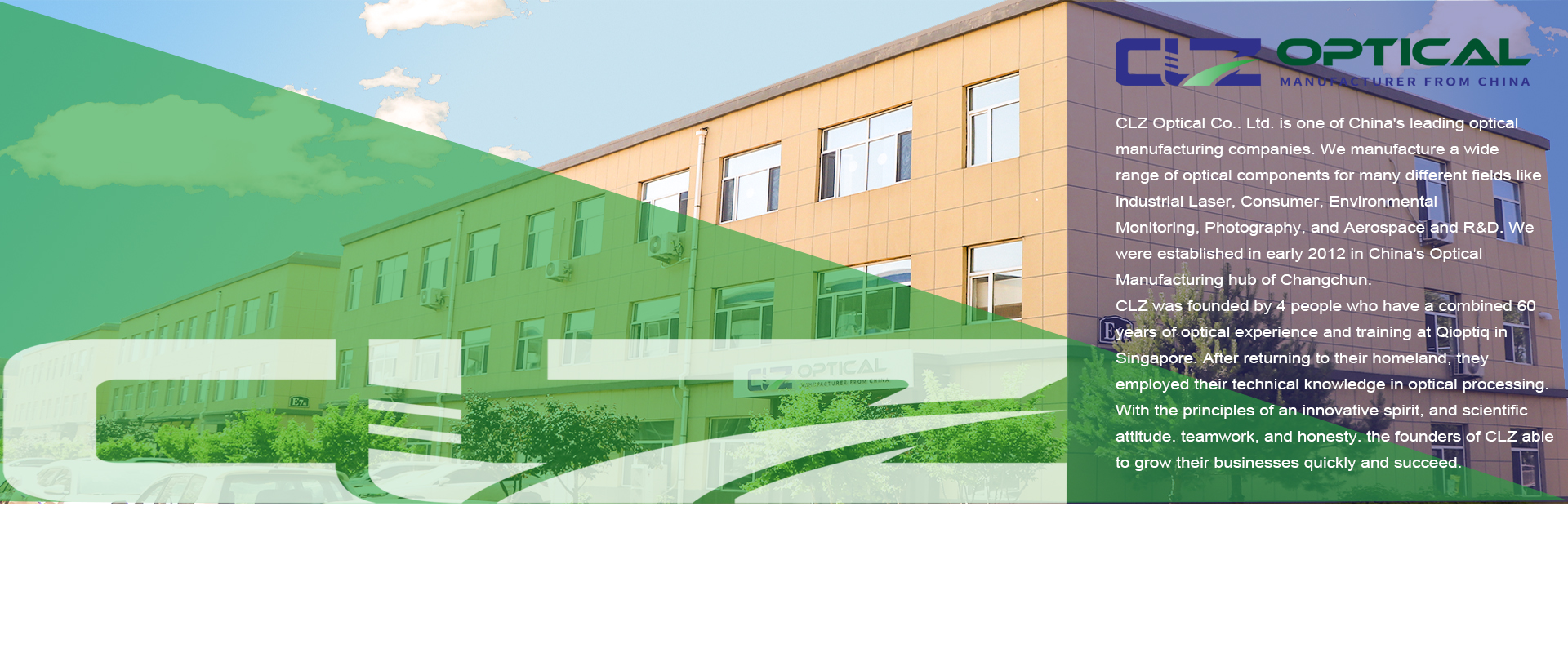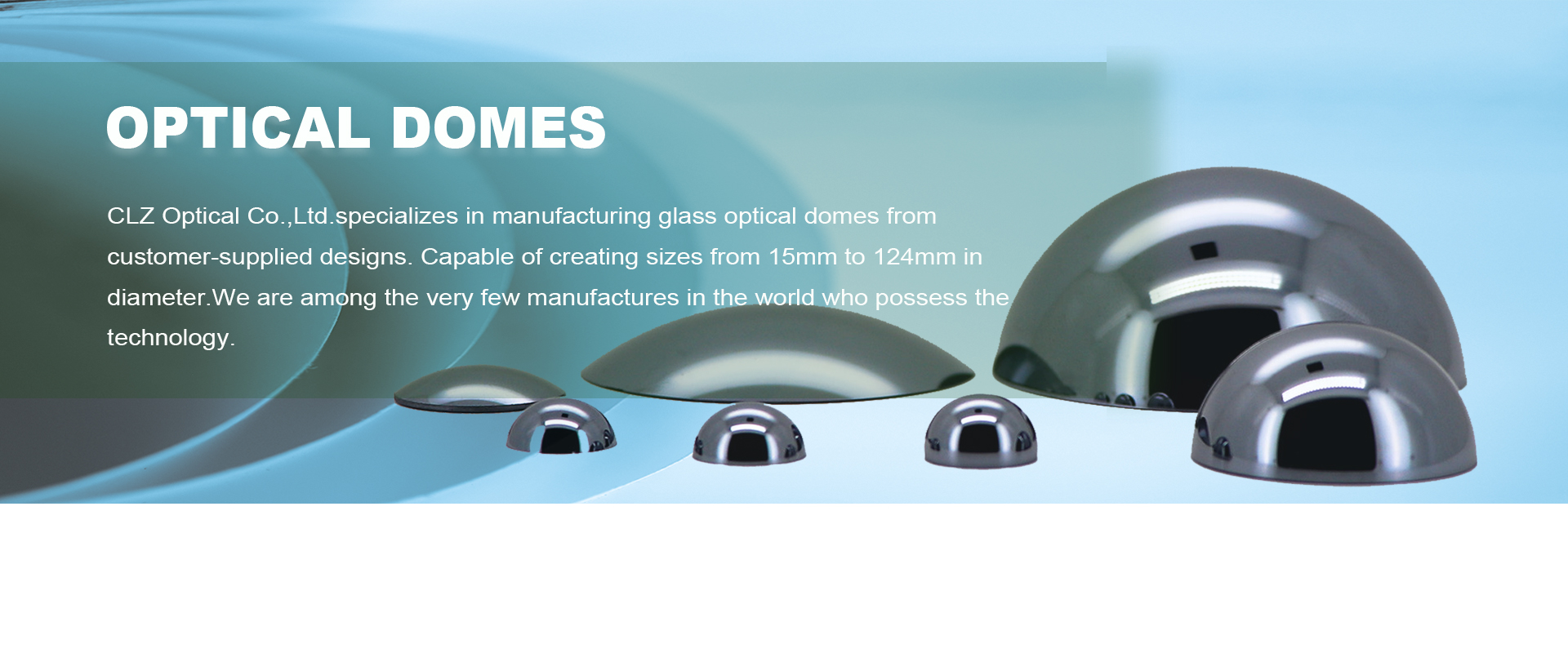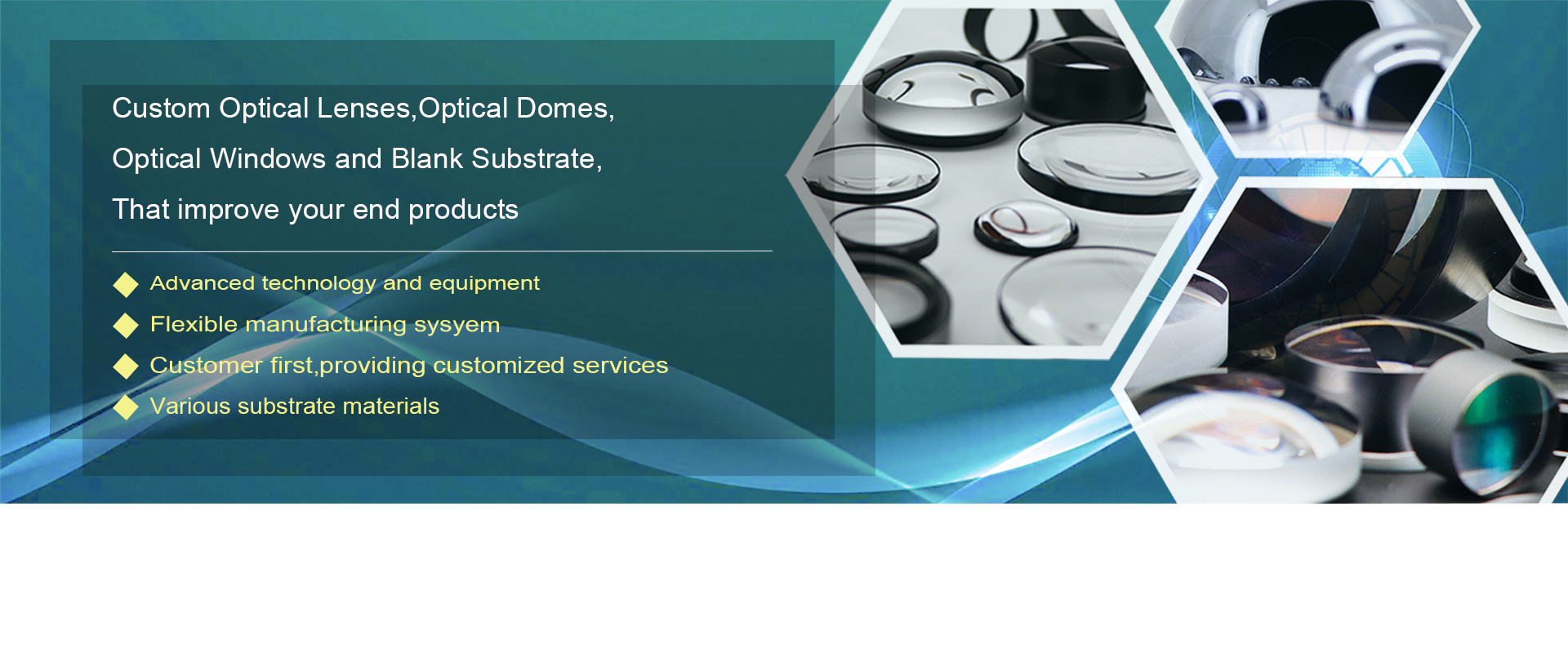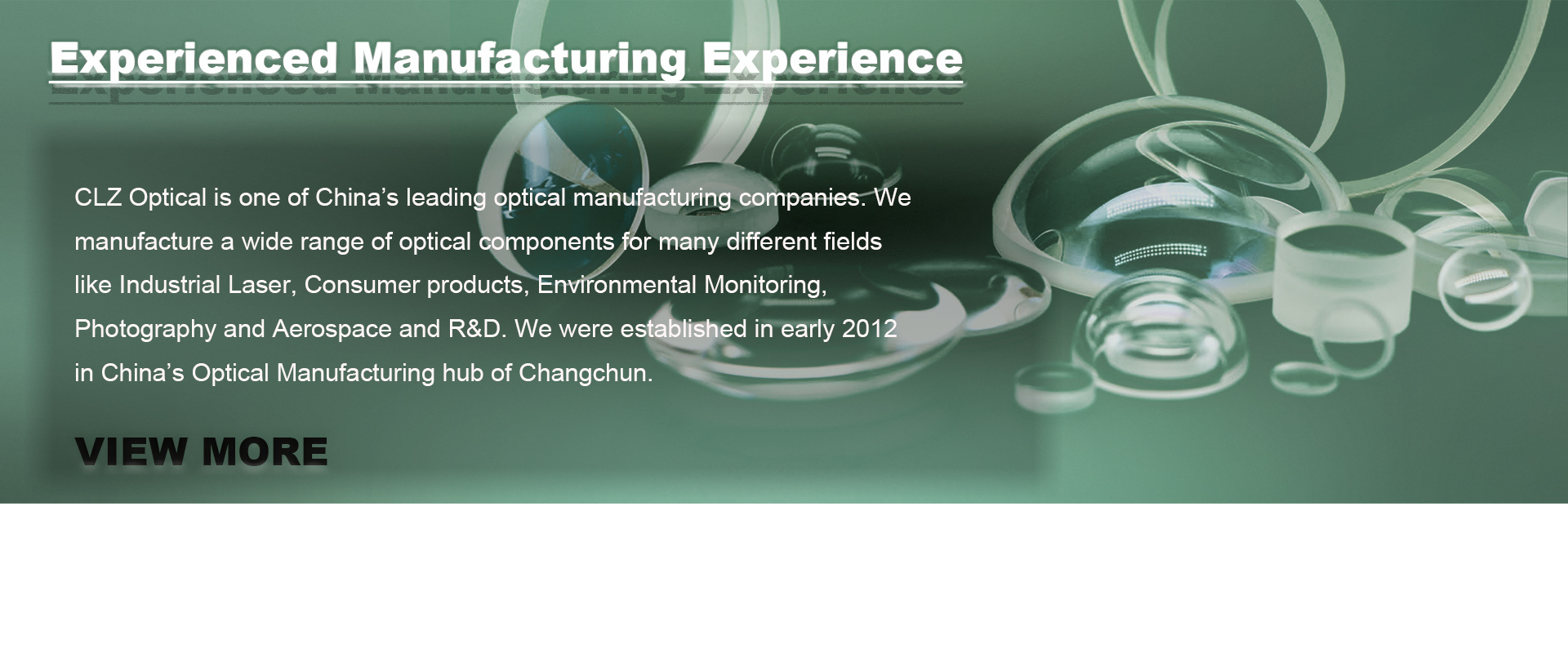Advantages of choosing sapphire as a material
Jun. 25, 2024
In optical applications, the choice of optical windows material is critical to ensure the efficiency of optical transmission and the reliability of the device. Both sapphire windows and fused silica windows are commonly used as optical window materials, but sapphire windows offer significant advantages in many areas.
Sapphire (mainly composed of Al2O3) has a wide range of applications in the fields of national defense, military industry, microelectronics, and optoelectronics due to its high hardness, high strength, high optical transmittance, as well as its excellent performance of resistance to high temperatures, wind, sand, rain, and salt spray erosion. For example, it can be used as an infrared optical window material for high-performance weaponry such as military aircraft, submarines, ships, missiles, and high-power lasers, and as a protective material for smartphones and mobile wearable devices.
CLZ Optical Co., Ltd. can provide you with such sapphire windows, and we can also provide you with customized services.
Advantages of choosing sapphire as a material
1. High hardness: Sapphire is one of the hardest materials known, second only to diamond. This hardness makes it ideal for the manufacture of cutting tools, abrasive materials, and precision instruments.
2. High Wear Resistance: Sapphire's high hardness results in excellent wear resistance, making it the choice for manufacturing watch mirrors, cell phone screens, and other such products that need to resist friction over time.
3. High corrosion resistance: Sapphire has excellent resistance to most acids and alkalis, and is therefore often used in chemical equipment and laboratory equipment to minimize wear and prolong service life.
4. Good thermal conductivity: Sapphire's high thermal conductivity makes it suitable for use as a heat dissipation material, such as LED lamps and heat dissipation components in electronic products.
5. Excellent optical properties: sapphire has high transparency and anti-reflective ability, so it is widely used in optical instruments such as telescopes, microscopes, and infrared detectors.
6. stable electrical properties: the electrical properties of sapphire are stable, not easily affected by the environment, and therefore often used as a growth substrate for semiconductor materials, such as gallium nitride and silicon.
7. Good biocompatibility: Sapphire is non-toxic to the human body and is therefore widely used in medical devices and implants such as artificial joints and heart valves.
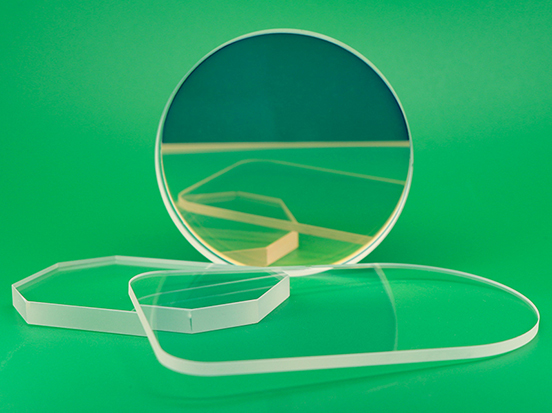
Sapphire glass has excellent thermal, electrical, and dielectric properties and is chemically resistant, it is high temperature resistant, good thermal conductivity, high hardness, infrared transmissive, and chemically stable. Therefore, it is often used to replace other optical materials to produce optical components and infrared-transparent optical windows and is widely used in infrared and far-infrared military equipment, such as: used in night vision infrared and far-infrared scopes, night-vision cameras, and other instruments and satellites, space technology instruments and meters, and used as a window of high-power lasers, a variety of optical prisms, optical windows, UV and IR windows and lenses, low-temperature The observation ports of low-temperature experiments. It has been fully used in high-precision instruments for navigation, aerospace aviation, etc. It is also used in the screens of cell phones and watch mirrors of wristwatches that we are familiar with.
In summary, sapphire optical windows are a versatile and valuable optical component for applications in aerospace, defense, high-pressure environments, medical devices, scientific instruments, high-performance optics, harsh industrial environments, and consumer electronics. Their excellent hardness, thermal stability, and optical clarity make them indispensable in a variety of fields where durability and optical performance are critical!










